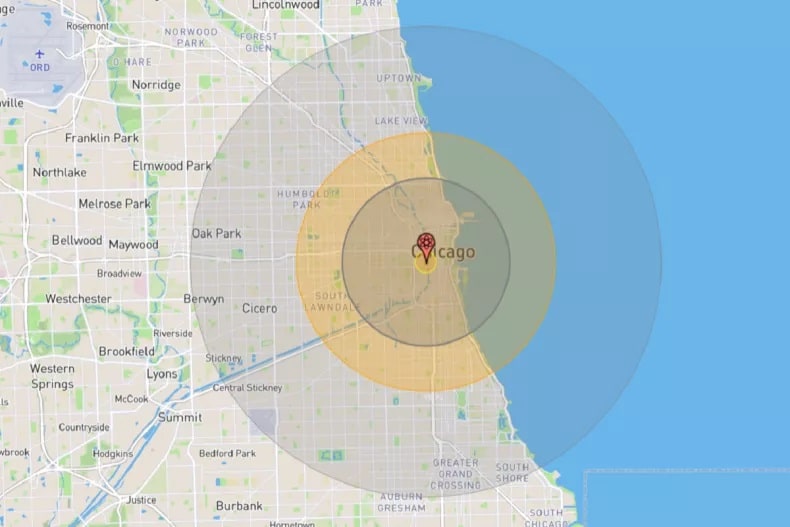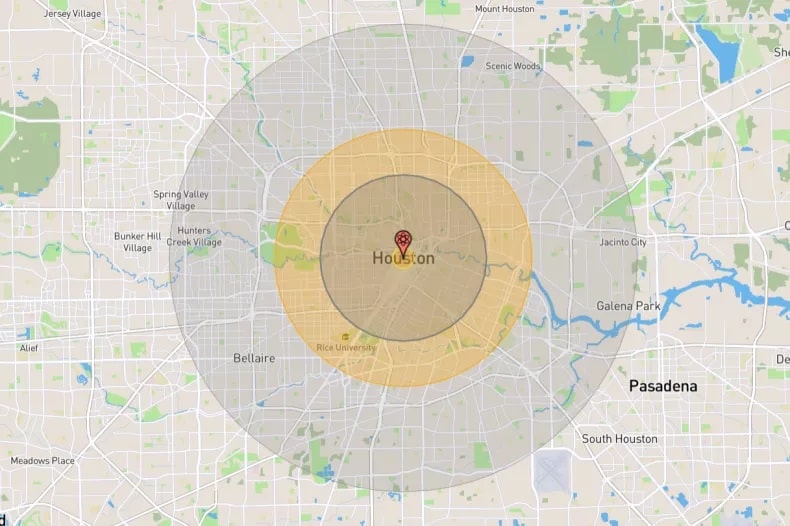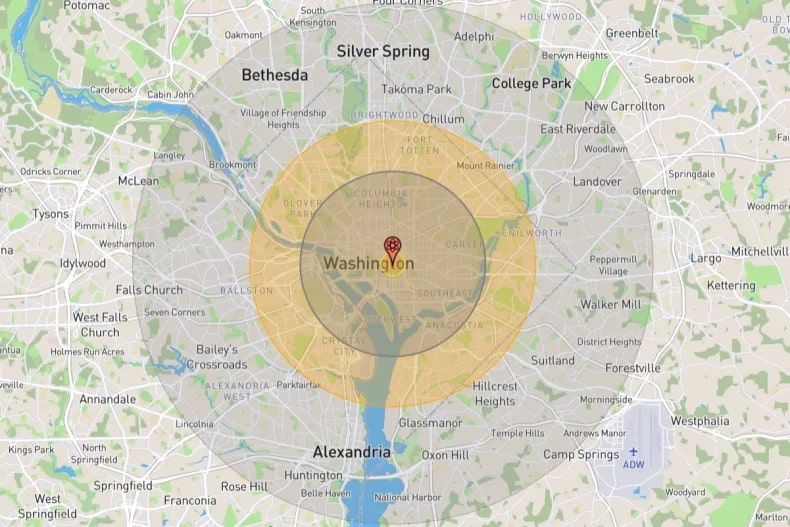In the event of a nuclear bomb, how would it affect our big cities?
In a world where the looming threat of a nuclear bomb hangs over us like a dark cloud, it’s important to understand the potential consequences an event like this could have on our cities.
The sheer devastation and power unleashed by a nuclear bomb is unimaginable, yet it’s a reality we may have to confront. If a nuclear bomb were to strike any of our cities, the aftermath would be catastrophic.
From the bustling streets of the Big Apple to the iconic landmarks of LA, the impact would resonate far and wide. But what exactly happens when a nuclear bomb goes off? The answer is chilling.
Buildings crumble, lives are instantly extinguished, and entire communities are left in a state of decay. The sheer force of a nuclear bomb is ungraspable, leaving behind a trail of destruction that scars the landscape for years to come.
So Devastating Disasters is delving into the grim reality of what could unfold if a nuclear bomb were to strike these 5 cities, highlighting the importance of being prepared and vigilant in the face of such a severe threat.

Chicago: The estimated death toll from the explosion would be over 415,000, while a further 750,000 people would be injured.
The blast would shroud only a tiny portion of the spread-out city and its suburbs, with approximately half radiating over Lake Michigan.
Most of the central part of the Windy City would be destroyed, while damage would be seen as far as the Edgewater, Oak Park, and Southside neighborhoods.
People at Willis Tower and the University of Chicago would be exposed to extreme doses of radiation under this simulation, according to an explosion simulation above the South Loop neighborhood.
Those visiting the Cloud Gate sculpture, also known as “The Bean,” could experience third-degree burns.
New York City: The estimated death toll from the explosion would be over 1.1 million, while a further 2.1 million would be injured.
The city’s total injury count would also be severe: If detonated over the middle of Manhattan in NYC, it would effectively evaporate SoHo and its surrounding neighborhoods, with a central blast radius that would level most buildings up to the southern end of Central Park and the riverside areas of Hoboken and Brooklyn.
Chinatown and the vicinity of Washington Square Park would be exposed to radiation. Certain areas of the Financial District would also see thermal radiation. People living in the center of the city would suffer third-degree burns.
A lighter blast radius, which still has the potential to cause widespread injuries and damage to buildings, would extend over Harlem, part of Queens, and also Newark, Jersey, in the west.

Houston: The estimated death toll from the explosion would be over 204,000, while a further 407,000 people would be injured.
America’s fourth most populated city would see widespread devastation across many of its central districts. Third-degree burns would be inflicted from Denver Harbor to Memorial City and from Houston Zoo in the south to the Northside.
The Space Center Houston and the Johnson Space Center would both probably be safe from damage if the nuclear bomb were detonated near the city’s downtown.
Los Angeles: The estimated death toll from the explosion would be over 370,000, and almost 950,000 would be injured.
If you expected that number to be higher, we get it. But it’s only like that because the City of Angels is a sprawling metropolis.
Citizens of this coastal California city would be subject to third-degree burns from Arlington Heights all the way to eastern Los Angeles and from Hollywood in the north to Huntington Park down south.
The damage would happen to structures from the Inglewood neighborhood, near LA International Airport, to South Gate, Pasadena, and Griffith Park, where the famed Hollywood sign resides.

Washington, DC: The estimated death toll from the explosion would be over 360,000, and a further 613,000 in the region would be injured.
Our Supreme Court, the White House, the US Capitol building, and the Lincoln Memorial would all be toppled, with an area of near-total destruction stretching across to Georgetown, the RFK Stadium, Ronald Reagan Washington Airport, and Columbia Heights.
Most of the city would suffer from third-degree burns, while a light blast radius would expand past the city limits and into the surrounding states.
The government has said that the new weapon will not add to the total number of nuclear weapons in the US stockpile but will instead replace some of the warheads it’s also producing with a newer model.
At 50 kilotons, it has a far less yield than its larger-scale counterparts and was designed for strategic or tactical strikes. The B61-7 and its successor are intended primarily as nuclear barriers.
The Federation of American Scientists, a group dedicated to lessening nuclear weapons, defined the B61-13 as “a political nuclear bomb.”
In a report published just after the announcement of it, the group claimed that the development was likely “a political maneuver to get rid of the B83-1 finally” and that “the military doesn’t need an additional, more powerful gravity bomb.”
For more on this topic, Amazon has a fantastic read: Nuclear Bomb Survival Tactics: Expert Guide: Surviving and Thriving in the Face of Nuclear Catastrophe: Essential Strategies from a Leading Survivalist
What are YOUR thoughts on the possibility of nuclear bombs? Be sure to share your thoughts with our readers in the comments section below.
And if you found this post interesting, Devastating Disasters recommend you also read: 7 Devastating Volcanic Eruptions That Reshaped the World





















